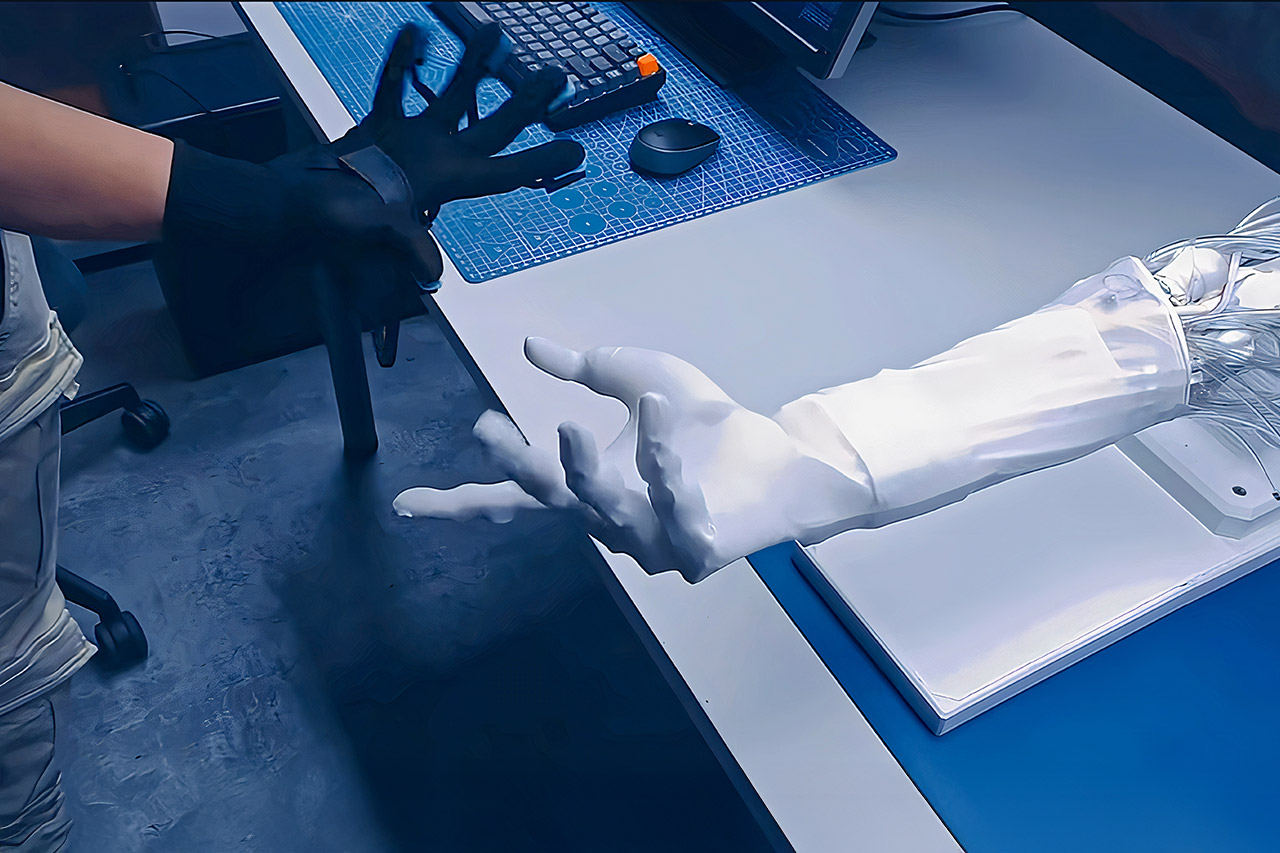
A robotic hand rests on a plain tabletop, its pale synthetic skin pulled taut over the hidden math of a network of fibers that appear to pulsate like veins under tension. The fingers curl over to form a grip that feels almost too fluid, almost like a human hand. This is Clone Robotics’ most recent demonstration of their Neural Joint V2 Controller, a system that transforms a complex jumble of artificial muscles into something that responds well and isn’t prone to wobbling.
https://www.youtube.com/watch?v=Uo9sKeVNbNs
Clone Robotics was founded in 2021 with a single goal in mind: to create androids that move like humans, without the juddering of metal pieces or the scream of electric motors. Their hands, arms, and upper bodies are made up of spherical bundles of synthetic muscles known as Myofibers, which are essentially small tubes of water that contract when pressurized and pull on polymer bones in the same way that human tendons do. The early prototypes showed a lot of promise, but the problem was always control; 27 degrees of freedom in the hand is a tangle of signals, and any latency or blips in the system led them to go haywire. The initial controllers utilized very simple principles, hardcoded sequences that commanded each muscle when to tense or relax. They performed OK for simple grabs, but when you tried to snap at a flying object, they faltered. The engineers had to spend months adjusting pressures and timings to get it to work properly, but even then, when things got chaotic in the real world, the hand fumbled and fell over. Then V2 arrived, opting for a neural approach that learns and adapts on its own.
V2 is built on a neural network, a software layer that was trained on hours and hours of video footage of human hands moving. It accepts input from the operator’s glove, finger bends, and palm twists and simply transfers these directly to muscle movements. Sensors integrated in the joints provide real-time feedback; 70 inertial sensors detect angles and speeds, while pads on the palm indicate how much force something is exerting. The network then figures it all out in a split second, deciding which Myofibers to activate and how much fluid to pump through them. A 500-watt water pump and 36 electro-hydraulic valves handle the heavy lifting, with each valve monitored by its own sensor to ensure that everything runs smoothly.
https://www.youtube.com/watch?v=2SYA8ELZmEs
What distinguishes V2 from a flashy demo tool is endurance. Clone’s Myofibers are already known for their resilience, having been tested for 650,000 cycles without fatigue, far exceeding the rubber bladders used in previous versions. But the controller brings it all together by predicting wear before it occurs. If a valve sticks or a sensor drifts, the neural model reroutes signals to surrounding muscles to keep motion smooth. This is similar to human anatomy, where one tendon can compensate is another strains. During testing, the hand lifted 15 pounds repeatedly, curling its fingers around a dumbbell without slipping, while the system recorded data to refine the patterns. Operators also report less mental strain; the glove loosely translates intent, with the controller filling in the details.
Durability extends to the controller itself, as V2 was designed as a modular stack that runs on edge hardware and can be slotted into larger android bodies such as Clone’s future Alpha. The hand prototype, with its carbon fiber bones and ligament-like tethers, weighs less than two pounds yet can equal human grip force of up to one kilogram per fiber. Valves are clustered in a matrix behind the wrist, reducing the number of snag or leak-prone tubes. Power is supplied from a portable source, therefore the arrangement is silent and clean in comparison to pneumatic competitors, which consume air and produce noise.



